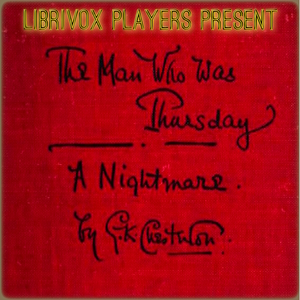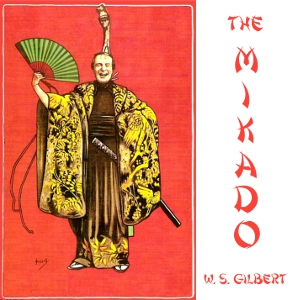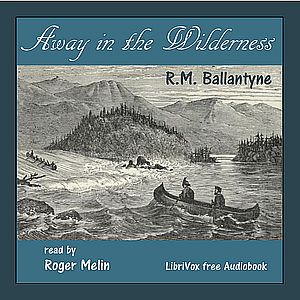Sunday, 4 March 1945, marked the end of the second week of the U.S. invasion of Iwo Jima. By this point the assault elements of the 3d, 4th, and 5th Marine Divisions were exhausted, their combat efficiency reduced to dangerously low levels. The thrilling sight of the American flag being raised by the 28th Marines on Mount Suribachi had occurred 10 days earlier, a lifetime on “Sulphur Island.” The landing forces of the V Amphibious Corps (VAC) had already sustained 13,000 casualties, including 3,000 dead. The “front lines” were a jagged serration across Iwo’s fat northern half, still in the middle of the main Japanese defenses. Ahead the going seemed all uphill against a well-disciplined, rarely visible enemy. But the battle was beginning to take its toll on the Japanese garrison as well. General Tadamichi Kuribayashi knew his 109th Division had inflicted heavy casualties on the attacking Marines, yet his own losses had been comparable. The American capture of the key hills in the main defense sector the day before deprived him of his invaluable artillery observation sites. His brilliant chief of artillery, Colonel Chosaku Kaido, lay dying. …Kuribayashi moved his own command post from the central highlands to a large cave on the northwest coast. The usual blandishments from Imperial General Headquarters in Tokyo reached him by radio that afternoon, but Kuribayashi was in no mood for heroic rhetoric. “Send me air and naval support and I will hold the island,” he signalled. “Without them I cannot hold.” – […]






































